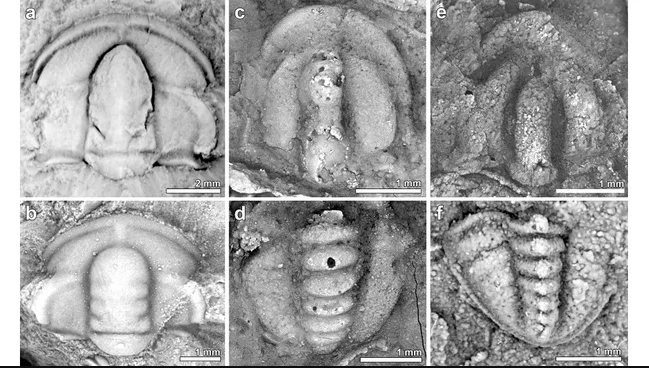Researchers, delving into an 800-year historical span, have determined that Mayapan, the apex of culture and politics for the Maya people in the Yucatán Peninsula during the 13th and 14th centuries CE, likely succumbed to the perils of drought.
According to the researchers, this prolonged drought instigated civil strife, ultimately resulting in political disintegration. Consequently, people sought refuge in smaller, more secure settlements.
Aside from providing valuable insights into the history of this ancient civilization, the 2022 study sounded a cautionary note, highlighting how climate shifts can swiftly exert pressure on even the most established and prosperous societies.
The researchers expounded on their findings in a paper published in July 2022, stating, “Multiple data sources indicate that civil conflict increased significantly, and generalized linear modeling correlates strife in the city with drought conditions between 1400 and 1450 CE.”
They argued that the protracted drought heightened tensions among rival factions, but subsequent adaptations demonstrated regional resilience, ensuring the endurance of Maya political and economic structures until European contact in the early 16th century CE.
The research team had access to extensive historical records covering population dynamics, contemporary diets, and climate conditions. These records were augmented by a new analysis of human remains, focusing on signs of traumatic injuries indicative of conflict.
Correlations emerged between increased rainfall and population growth, as well as subsequent decreases in rainfall and heightened conflict. The researchers concluded that the extended drought during 1400-1450 CE likely prompted the abandonment of Mayapan.
The study suggested that the scarcity of water impacted agricultural practices and trade routes, placing strain on the inhabitants of Mayapan. As resources dwindled and danger escalated, people either perished or dispersed.
In the final mass grave excavated before the city’s abandonment, the researchers noted that many remains likely belonged to the family members of the Cocoms (heads of state), indicating a violent end brought about by rival factions and social unrest.
The researchers summarized their findings, stating, “Our findings support Mayapan’s storied institutional collapse between 1441 and 1461 CE, a consequence of civil conflict driven by political rivalry and ambition, which was embedded in the social memory of Yucatecan peoples whose testimonies entered the written record of the early Colonial Period.”
Human responses to environmental pressures, such as drought, are evidently intricate, varying by region and era. The movement of people to other parts of the Yucatán Peninsula, including prosperous coastal towns and politically independent settlements, facilitated the continued thriving of Maya culture post the fall of Mayapan. Importantly, there was little evidence of conflict between these regions before Spanish rule began.
The researchers acknowledged a “resilient system of human-environmental adaptations,” but emphasized that adaptations have their limits. Today, these same regions, along with the rest of the world, once again confront a climate crisis.
In their concluding remarks, the researchers highlighted the suitability of archaeological and historical records for examining the societal impacts of climate crises over long-term cycles, emphasizing the Maya region’s wealth of archaeological, historical, and climate records essential for studying correlations between social change and fluctuating climate conditions.
The research has been published in Nature Communications.
A version of this article was first published in July 2022.





